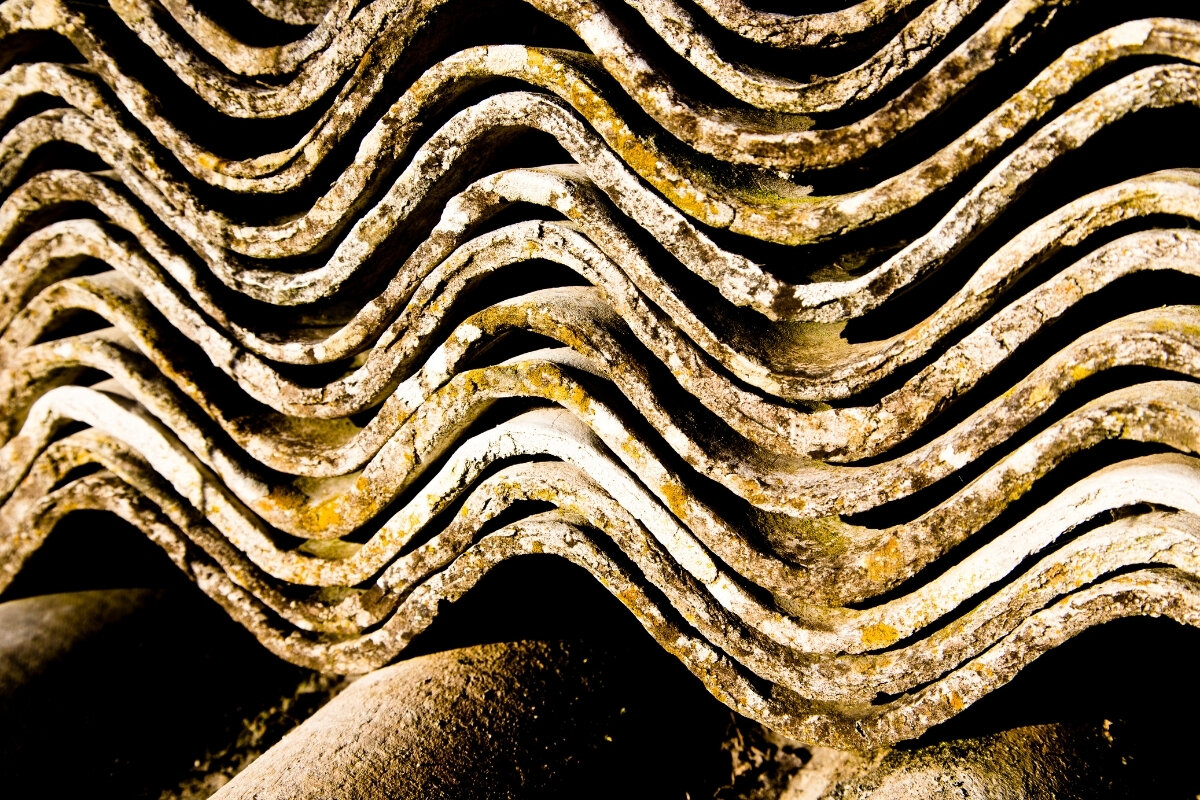What people should replace asbestos with
It’s all well and good to say that asbestos is dangerous and evil and that we shouldn’t have it in our homes or businesses. It’s true, and we should get rid of it if it’s exposed or will be disturbed during property renovations.
However, once you remove building materials and products that contain asbestos, what are you supposed to put in their place? It seems we understand what contains asbestos and that those materials should be replaced, but we’re not too familiar with the safer products that can be used as alternatives. Read on to find out what to do once your local asbestos removal experts have taken care of business.
Roofing
So, you’ve found out that your house has asbestos-cement corrugated roofing, and it’s no longer in the best condition. You know you have to hire an asbestos removal specialist in New Zealand to take care of it, but you can’t just leave your house without a roof! What can you put in its place?
The sky’s the limit (and the sky is also what you will see if you don’t find an alternative to asbestos roofing…). There are a handful of different roofing materials that can take the place of your asbestos-cement corrugated roofing material.
Fibre-cement roofing is a popular alternative, as is concrete tiles or galvanised metal sheets. Many people also prefer coated metal tiles and plastic-coated galvanised steel or aluminium. Roofing materials can be a personal preference based on the home’s style, but it’s not something that can be delayed once damage to asbestos-cement corrugated roofing starts to occur.
Flat sheets
At the height of asbestos’ popularity, homes in New Zealand were being constructed with asbestos-cement flat sheets. These were used in facades, ceilings, and partitions. As soon as these start to succumb to wear and tear, or a homeowner wants to renovate, they will need to look for asbestos removal specialists and start thinking about alternative materials to take their place.
Fortunately, there is an abundance of options from which to choose. Gypsum ceiling boards, galvanised plasterboard frames, polystyrene ceilings, and aluminium cladding are some of the many options. Your builder or local building store may be able to point you in the direction of the best alternatives to suit your budget and preference.
Water storage tanks
Water storage tanks are probably the last thing you think will contain asbestos, but they are just one product on a long list of others. The sooner you replace your asbestos-cement water storage tank, the sooner you can enjoy peace of mind for yourself and your family.
Some fantastic alternatives include steel, galvanised iron, polyethylene, cellulose-cement, and even fibreglass. Don’t delay in weighing up your options and saying goodbye to asbestos for good.
Cement pipes
Asbestos-cement pipes are something that many thousands of people still have around their homes and businesses. Is now the time to talk to your local asbestos removal expert about taking care of the problem? If it is, then it’s also an excellent time to find out what can take their place.
Your new pipe options can depend on whether you require something to tackle high or low pressure. High-pressure options include cast iron, polyethylene, polyvinyl chloride, concrete with steel reinforcement, or polyester with glass reinforcement.
Home and business owners in need of low-pressure pipes to replace their asbestos-cement pipes could even see the value in clay or cellulose with cement or PVA fibre-cement.
Guttering
Guttering is a relatively important part of a home or commercial building’s structure, but did you know that it, too, used to contain asbestos? Replacement options are easier to find than you might think, with galvanised iron, PVC, cellulose-cement, and aluminium among the many that might appeal.
Do you have to replace the asbestos-containing building materials in your home or business?
It’s a valid question. Just because your home or business has asbestos-laden products, as many do, that doesn’t mean you have to replace it. Sometimes, it can even be safer to leave them in place.
Asbestos is only harmful when it’s damaged or exposed, and its tiny fibres become airborne. If your building materials are cracked, crumbling, or becoming the victim of wear and tear, then calling in an asbestos removal team to take care of it is in your best interests. Sometimes, they may recommend asbestos encapsulation – locking the fibres into place – rather than removing the materials.
Taking care of business
Tens of thousands of homes and businesses throughout New Zealand contain asbestos. When the time comes to carry out renovations or repairs, consider whether you need to hire an asbestos removal team to take care of any troublesome materials.
While you’re doing that, why not think about the materials that can take their place? There are plenty of options to choose from, and many of them will suit your budget and preference.

